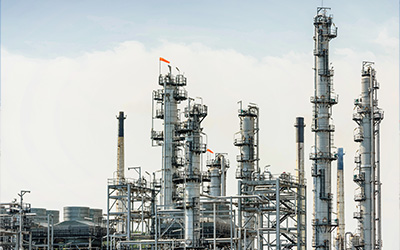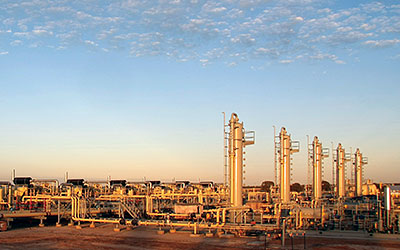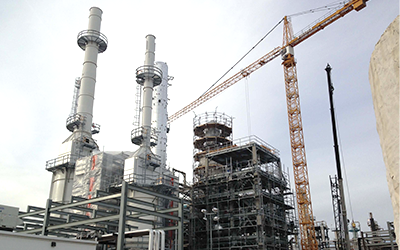Case History
In Situ Treatment for Sour Water Tanks Ideal for Risk Mitigation
85% Less Time, Safer pathway to pacify and treat hazards including pyrophoric iron.
CHALLENGE
A large sour water tank at a California refinery has over 20% fill volume of sludge containing numerous hazards above IDLH levels. Pyrophoric iron sulfides are present which could create an ignition and fire source.
SOLUTION
- FQE Chemicals products mitigate and neutralize sludge within the tank.
- No external batch-by-batch operations required.
- No exothermic oxidizers.
- Pacify the pyrophoric iron risk in the tank.
RESULTS
Sludge treatment completed in 18 hours, 85% faster process, saving 2-4 days
No additional solids created as
compared to KMnO4 solids multiplier (3x-8x)
Less to run through filter press
Less wastewater generated
Non-exothermic treatment
No run-away reaction risk
No equipment needed for
batch treatment (mix tanks,
storage tanks, pumps)
Risk Removed
An alternative procedure that eliminates the exotherm associated with potassium permanganate oxidation, as one removes the risk that requires external batch treating of sour water tanks such that the treatment and cleaning can be done totally in situ for a safer and faster result.
CHEMICALS UTILIZED
Considered the Highest Hazard Tank in the Refinery
Wastewater had accumulated in the sour water tank for over 10 years before the tank was taken out of service for a turnaround. A majority of the wastewater, 80%, comes specifically from three units – distillation, FCC, and catalytic reforming. The contamination from these unit processes accumulated over time in the sour water tank. The contaminants can include hydrogen sulfide, ammonia, benzene hydrogen cyanide, and other sulfides at hazardous and dangerous levels. Treatment strategies for the tanks are further complicated as the contaminants will create multiple phases of oil, water, solids, and vapors all in a single tank. Most worrisome is the pyrophoric iron sulfides which could provide a runaway reaction exothermic event in the presence of flammable vapors.
Treat the Solids in the Tank
FQE Chemicals approach effectively pacifies and neutralizes the hazards within the tank itself. Mitigating the risk and treating the hazards at the point of origin is the best option to not disrupt and move one hazard to another location, such as an external secondary tank. FQE’s strategy eliminates two hazardous conditions; the exothermic reaction pathway associated with potassium permanganate oxidizer and additionally the need for external batch treatment. The kinetics and reaction progression enables a safer and faster in-situ turnaround process.
Dynamic Sour Water Tank Conditions
A sour water tank that is 75 feet in diameter by 40 feet tall contains a dense sludge layer that is nearly 7.5 feet in height. This equates to about a quarter of a million gallons of sludge that is very dense at 75% solids. The headspace contains hydrogen sulfide (H2S) at 15,000 ppm, which is 150 times the level that is Immediately Dangerous to Life or Health Concentration (IDLH). The sludge layer has ignitable pyrophoric iron sulfides also confounded with >6000ppm of benzene (>12x IDLH). The manway for the tank is at the 3-foot level and therefore below the sludge layer, complicating the treatment due to limited access for mixing or pumping the sludge.
Treatment Made Simple
There are multiple hazards and phases (vapors, water, solids), so to begin treatment the oil layer (rag) is removed. Since the roof is landed there’s a high amount of LELs and harmful vapors in the headspace. The vapors are now treated with FQE H2S Scavenger to remove the noxious harmful H2S gas. Circulation is required to get effective treatment, as FQE Pyrophoric is added to pacify and neutralize the iron sulfides within the solid deposits.
Other FQE products can be used at the discretion of the tank owner. For example, FQE Ammonia Odor can be applied to remove ammonia vapors and lock them into the water phase. FQE Pyrophoric can be used in a handheld spray to spot treat any areas of concern (hot spots) upon entry to further remove any remaining deposits stuck to the roof or sides of the tank. FQE LEL-Surface can be added for cleaning power to help dissolve and break apart the solid mass and surface clean tank walls.
All the FQE products used for the sour water tank are water-soluble. There is no further creation of solids compared to the incumbent, resulting in fewer solids to remove (i.e., filter press), while making each step in the process safer and faster.



